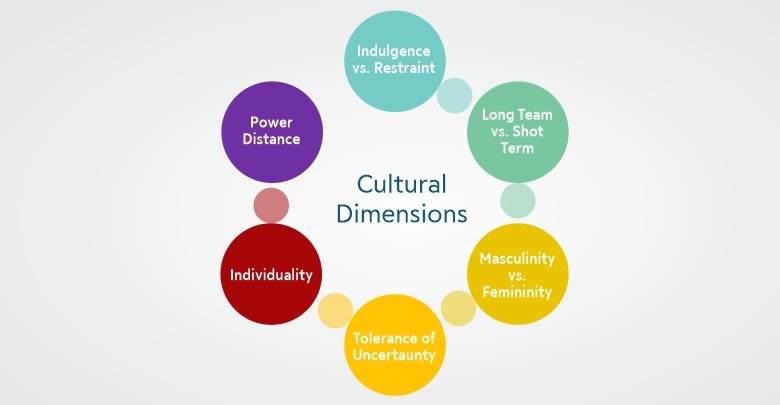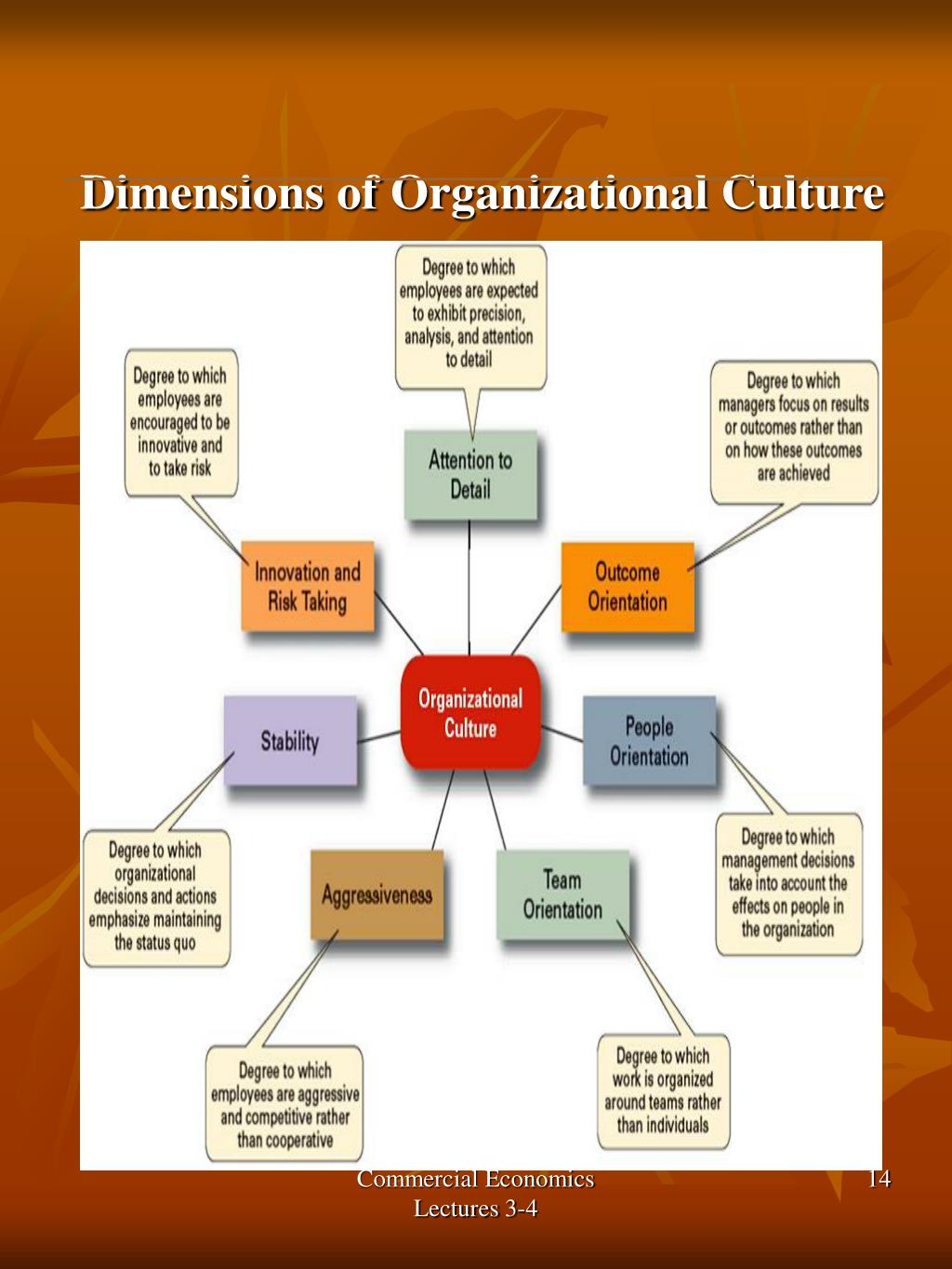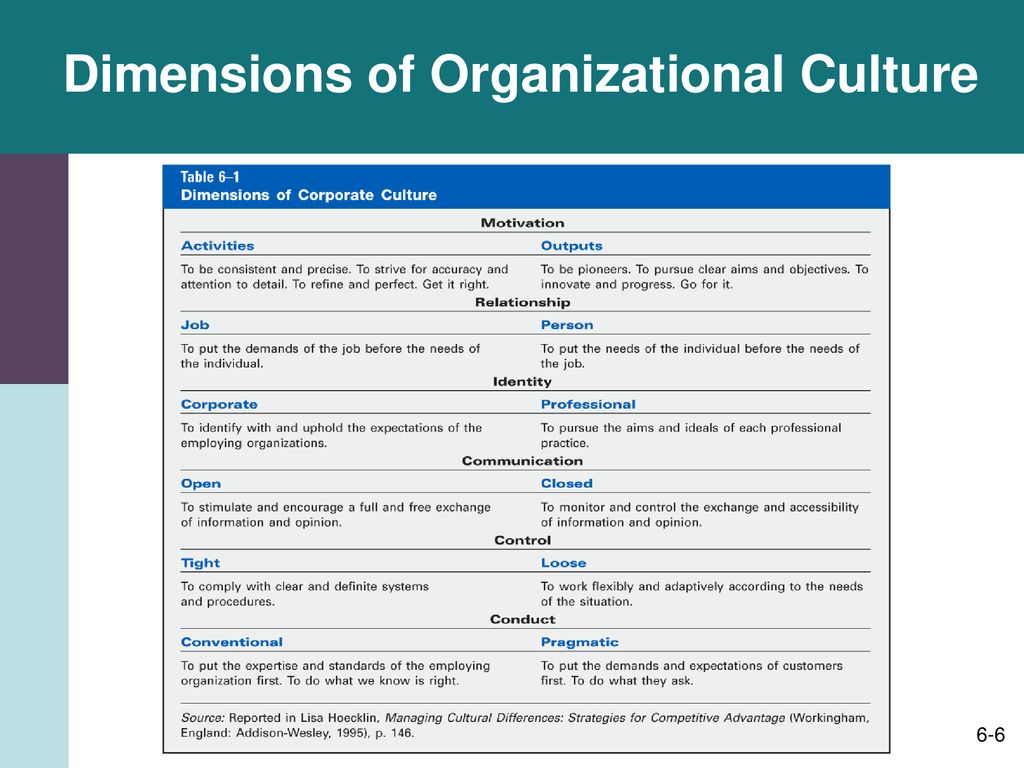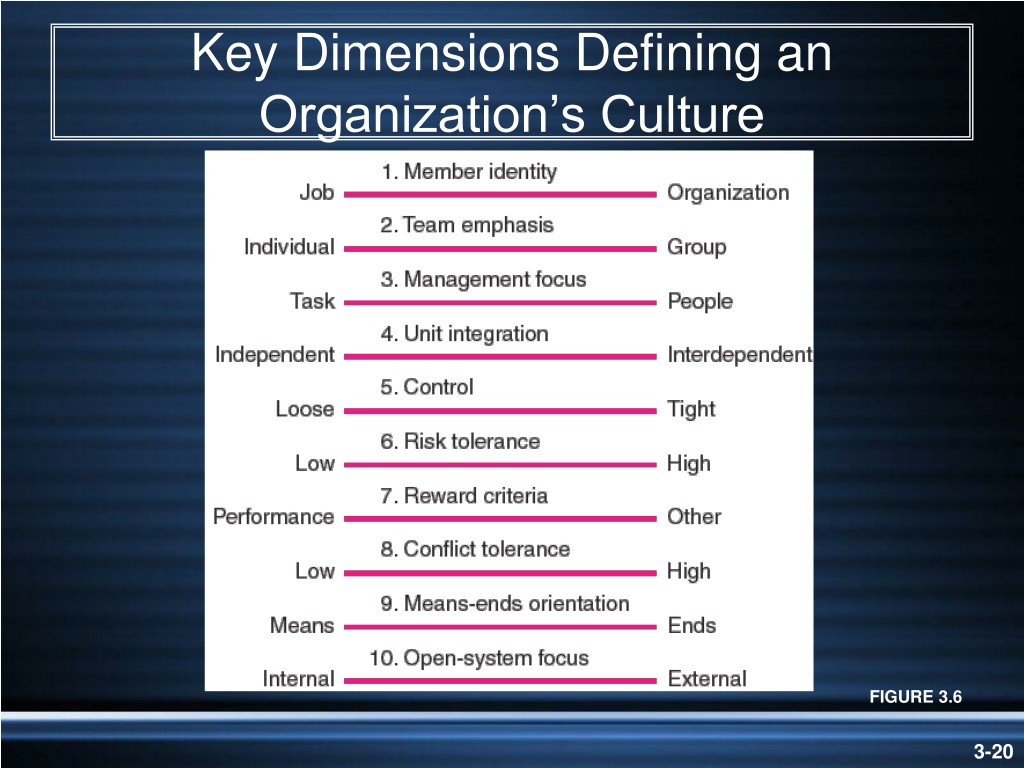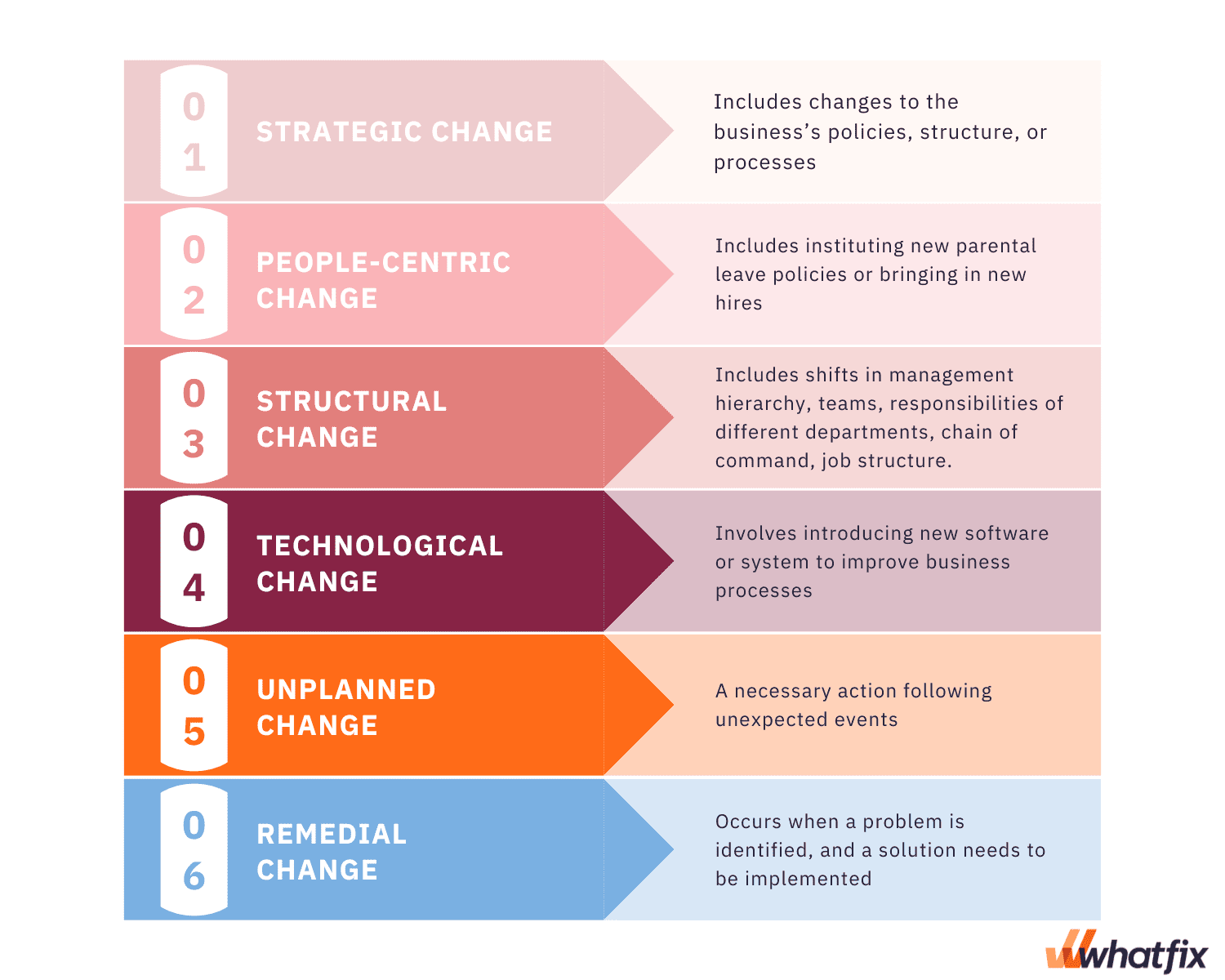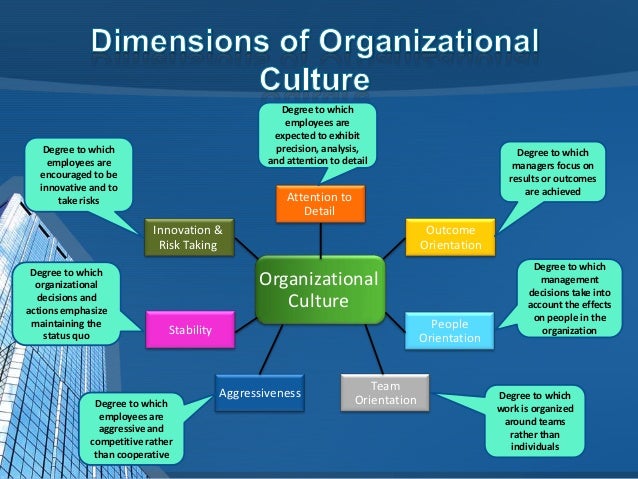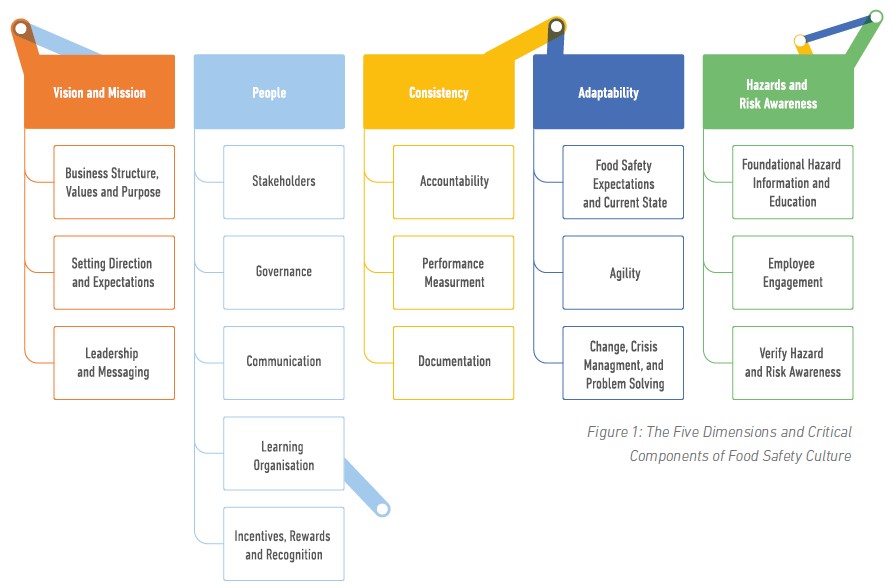The Five Dimensions Of Operational Culture Are
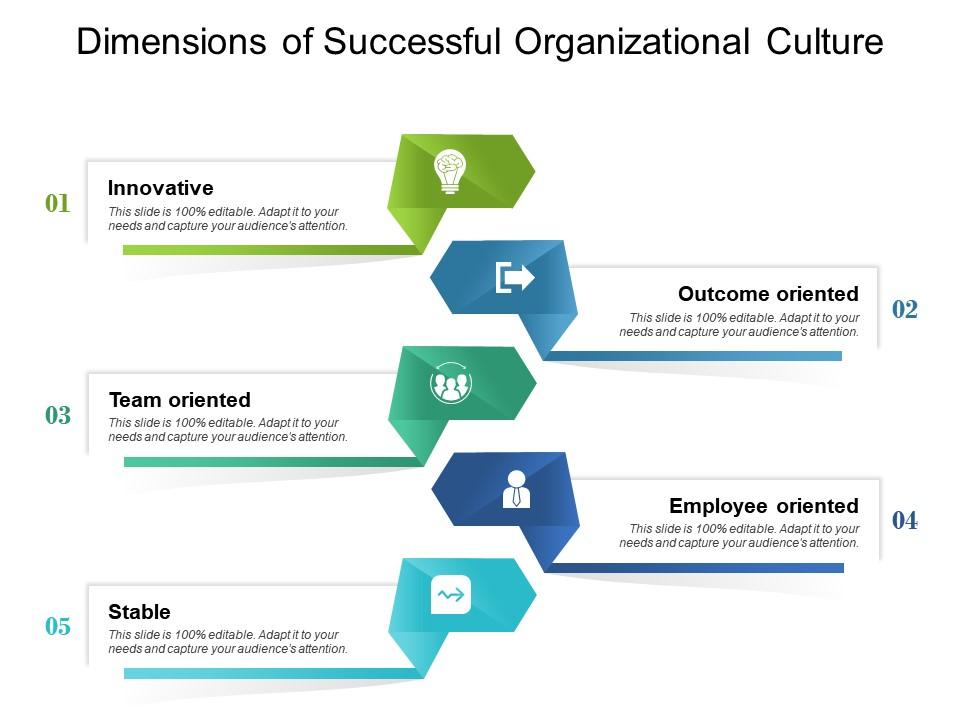
Imagine standing on a dusty road, the sun beating down, the air thick with the scent of unfamiliar spices. Around you, life unfolds at a pace both familiar and foreign – children playing a game with rules you don't understand, elders exchanging stories in a language you only catch fragments of, and vendors hawking wares with customs that feel both inviting and impenetrable. To truly navigate this environment, understanding the surface isn't enough; you need to grasp the unspoken rules, the underlying values, the very essence of their way of life. That's where operational culture comes in.
At its core, operational culture is the ability to understand and effectively interact with individuals and groups from diverse cultural backgrounds. This understanding isn't just about knowing facts and figures; it's about appreciating the nuances of behavior, communication, and worldview. These skills become invaluable in diverse situations, from business negotiations to humanitarian aid, and particularly within military operations.
The concept can seem daunting, but the U.S. military, and other organizations, have broken it down into manageable components. Those components are known as the Five Dimensions of Operational Culture. These five dimensions offer a framework for analyzing and understanding a culture's complexity.
The Five Dimensions of Operational Culture
The Five Dimensions of Operational Culture provide a framework for analyzing and understanding a culture. It allows for a more nuanced appreciation of human behavior and helps bridge divides between individuals and groups.
1. Environment
The first dimension, environment, encompasses the physical surroundings and resources available to a culture. It considers how people interact with their environment and how their environment shapes their way of life. This includes factors like climate, geography, natural resources, and infrastructure.
For instance, a culture living in a harsh desert environment may prioritize water conservation and develop specific agricultural techniques. On the other hand, a culture residing in a resource-rich rainforest may have different priorities and behaviors. Understanding the environment is key to grasping a culture’s adaptations and challenges.
2. Economics
The second dimension, economics, focuses on how a culture produces, distributes, and consumes resources. It examines the economic systems, trade practices, and levels of development within a society. This dimension includes considering factors like agriculture, industry, commerce, and wealth distribution.
For example, a culture based on subsistence farming will have a vastly different economic structure and worldview than a culture driven by global commerce. Understanding economic drivers and inequalities helps to explain a culture's social structures and power dynamics. This is something the World Bank emphasizes in its work on international development.
3. Social Structure
The third dimension, social structure, examines the organization and relationships within a culture. It looks at the patterns of social interaction, family structures, social hierarchies, and institutions that govern a society. This dimension involves understanding kinship systems, social classes, religious organizations, and political structures.
In some cultures, extended families play a central role in decision-making and support, while in others, individual independence is highly valued. Understanding social hierarchies and power dynamics is critical to navigating interpersonal relationships and avoiding unintentional offense. Social Structure informs the roles each person must play in society.
4. Political Structure
The fourth dimension, political structure, explores how power is distributed and exercised within a culture. It examines the forms of government, political ideologies, leadership styles, and legal systems that shape a society. This includes understanding the formal and informal mechanisms of governance, as well as the role of political parties, interest groups, and civic organizations.
A culture with a democratic government will have different decision-making processes and citizen participation than a culture ruled by an authoritarian regime. Understanding the political landscape is essential for engaging in constructive dialogue and avoiding actions that could be perceived as subversive or disrespectful.
5. Belief System
The fifth dimension, belief system, delves into the core values, beliefs, and worldview that shape a culture's understanding of the world. It examines the religious, philosophical, and ethical principles that guide behavior and decision-making. This dimension involves understanding the role of religion, spirituality, folklore, and cultural narratives in shaping a culture's identity.
For example, a culture that emphasizes collectivism and harmony will have different values and priorities than a culture that emphasizes individualism and competition. Understanding the underlying beliefs and values is crucial for building trust and establishing rapport with people from different cultural backgrounds. This is also crucial for understanding the motivations of individuals and groups.
The Significance of the Five Dimensions
Understanding the Five Dimensions of Operational Culture is not just an academic exercise; it has real-world implications. It enhances cross-cultural communication, improves decision-making in diverse contexts, and fosters empathy and understanding between people from different backgrounds.
In business, it can lead to more successful negotiations and stronger international partnerships. In humanitarian aid, it can ensure that assistance is delivered in a culturally sensitive and effective manner. In military operations, it can reduce misunderstandings, minimize conflict, and build trust with local populations.
The U.S. military, for example, has integrated the Five Dimensions into its training programs to prepare soldiers for deployment in diverse cultural environments. The goal is to equip personnel with the skills and knowledge they need to interact effectively with local populations, build relationships, and achieve mission objectives.
Applying the Five Dimensions
The Five Dimensions are best understood as interconnected and interdependent. Changes in one dimension can have ripple effects throughout the others.
For example, a shift in a culture's economic system (economics) can lead to changes in its social structure (social structure) and political system (political structure). Similarly, environmental changes (environment) can impact a culture's belief system (belief system) and economic practices.
To effectively apply the Five Dimensions, it's important to adopt a holistic and dynamic perspective, recognizing the complex interplay of factors that shape a culture. It's not enough to simply memorize facts and figures; you need to actively engage with a culture, observe its nuances, and seek to understand its underlying values and beliefs. This requires active listening, empathy, and a willingness to challenge your own assumptions.
Beyond the Battlefield: Cultural Competence in a Globalized World
While the Five Dimensions of Operational Culture originated within a military context, their relevance extends far beyond the battlefield. In today's globalized world, cross-cultural interactions are increasingly common in all aspects of life.
Whether you're working in a diverse team, traveling abroad, or simply interacting with people from different backgrounds in your community, cultural competence is an essential skill. By understanding the Five Dimensions of Operational Culture, you can gain a deeper appreciation for the richness and complexity of human culture. That deeper appreciation will lead to stronger relationships and more meaningful connections.
Understanding and appreciating the nuances of different cultures is not just about avoiding misunderstandings. It is about fostering respect, promoting collaboration, and building a more inclusive and interconnected world.

![The Five Dimensions Of Operational Culture Are [성과코칭] "조직 문화 차원 · Dimensions of Organizational Culture" : 네이버 블로그](https://businessjargons.com/wp-content/uploads/2020/03/dimensions-of-organizational-culture.jpg)
